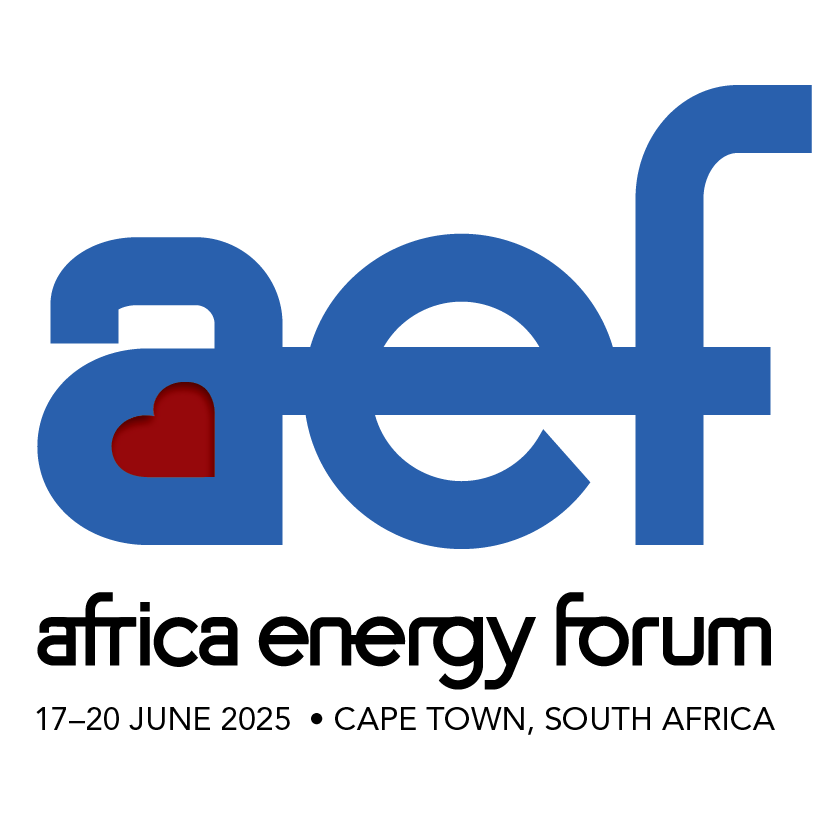Day 2 – 15.30 - Stream 2 - Increasing Pace & Scale of Africa’s Renewable Energy Projects | Tackling Intermittency Issues in Africa Through Renewables
The fact that over 600 million Africans have no access to electricity arguably represents Africa's greatest developmental challenge. However, even those who do have access are often reliant upon patchy, discontinuous supplies, meaning the uplift of current infrastructure is another key problem that the continent is working to overcome.
In Boardroom 1, Wednesday afternoon saw an experienced panel of government representatives, technology suppliers and industry consultants come together to discuss whether a combination of wind, solar and hydrogen could provide a baseload solution capable of overcoming key intermittency issues in territories across the continent.
Immediately, concerns were flagged over solar and wind, owing to the fact that they themselves are intermittent and are potentially unreliable. Resultantly, the need for effective storage solutions was quickly highlighted as imperative, yet the panel also agreed that battery technologies remain expensive and therefore financially unviable for many continental projects at present.
In particular, one speaker highlighted that while batteries are undoubtedly the future, steps need to be taken to make them more accessible and attainable.
Here, government policy was outlined as one option, with South Africa highlighted as a prime example where progress is being made. Here, significant regulatory change has happened in the past 12 months, with focus split between several areas including minimising load shedding, demand-side management, new energy generation, storage and more.
Another option discussed by the panel was the prospect of expanding local battery production capacity given the abundance of critical minerals available on the continent. Further, other speakers put forward innovative ideas such as the potential to use electric vehicles as storage solutions, where vehicles batteries are discharged when not in use.
It was also highlighted that battery performance is continually improving. Where early-stage storage solutions may have only had a lifetime of 3,000 charge to discharge cycles, this has since increased to between 6,000 and 8,000 cycles. Therefore, between this, and with costs also coming down, the actualised cost per cycle has improved significantly.
“Just as there are new, improved models of phones with greater performance released periodically, batteries will continue to improve year by year,” one speaker said.
Storage aside, a focus on boosting intercountry and intercontinental grid connections to enable energy imports/exports was also cited as a vital part of addressing energy intermittency and unreliability problems, with a 200-kilometre underwater power line project connecting Italy and Tunisia, announced in 2022, having been highlighted.
Here, one of the panellists highlighted the critical for clear and robust policies to accompany key infrastructure to ensure the success of energy importation and exportation in the international community. The message was clear – for cross-border markets to be successful, they need to be transparent.
Turning attentions to Kenya, diversification has been deemed as the way to go.
Indeed, the country is developing a strategy to ensure that it never depends too heavily on one energy source to reduce potential system instability. Within this, the government is working to closer monitor what projects are coming through, both from large players and emerging entrepreneurs that wish to engage in the power sector.
The panel agreed this was a sound blueprint for others to follow. By developing strategies to ensure that no single country overly relies on a limited energy mix, with nations able to draw on a range of supplementary solutions, system instability and intermittency issues can be addressed.
- Day 2 - 13.30 - Stream 5 - Hosted by: African Trade & Investment Development Insurance (ATIDI) | Off-Taker Credit Enhancement: How Political Risk Insurance and Liquidity Instruments are Enabling the Financing of Power Projects in Africa
- Day 3 – 09.00 - Stream 2 - Increasing Pace & Scale of Africa’s Renewable Energy Projects | Developing Hydropower in Changing Climate Conditions

.jpg)